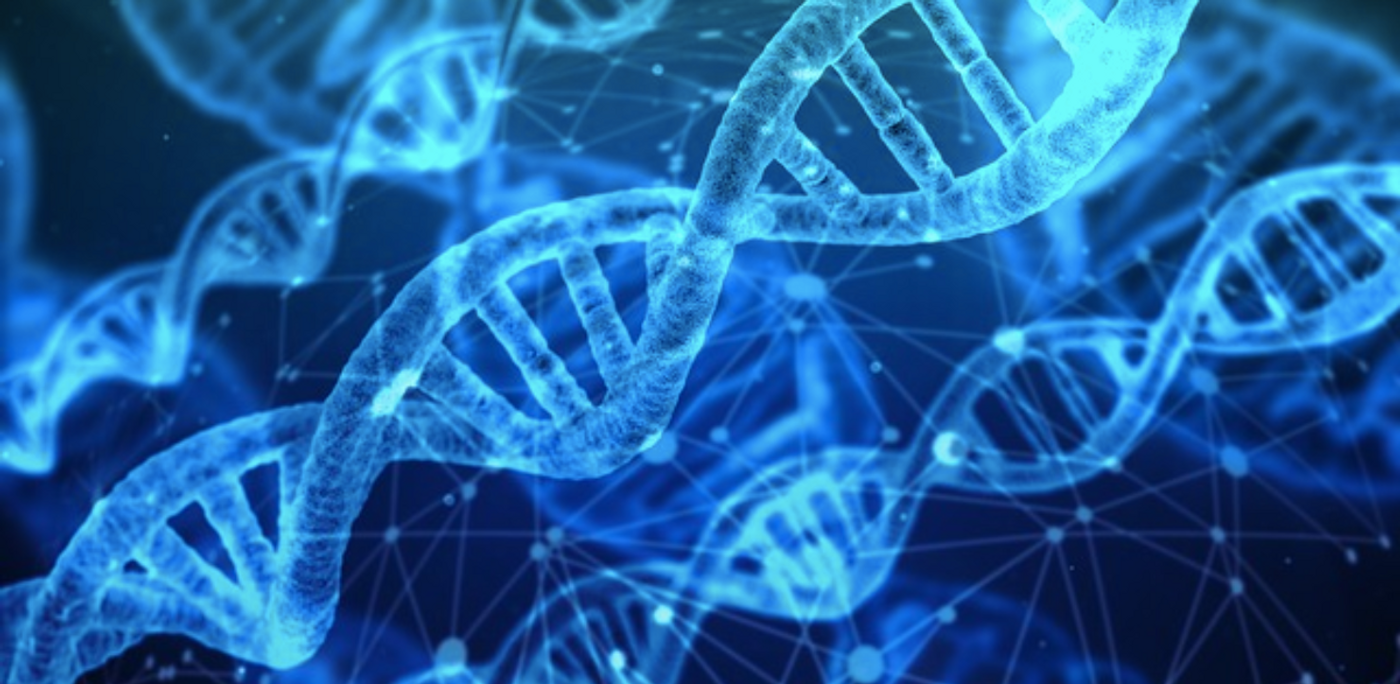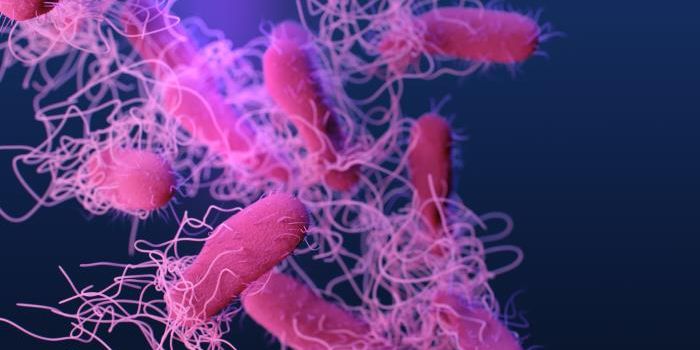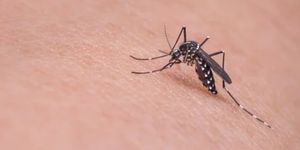Revealing the Battle Between Organisms & Selfish Genetic Elements
Evolution has allowed organisms to adapt to their environments, sometimes in very specific ways, through changes in their genetics. These adaptations can happen when changes occur randomly in the genome of an organism. If a different genetic sequence confers some biological benefit, it can be retained in the genome and passed on to descendants. But there are other genetic elements that have selfish ends; they seek only to ensure that they are propagated, regardless of whether they provide any benefit. Those selfish elements can be hugely problematic for a species, and could even lead to their demise.
New research using a fruit fly model has shown that organisms have ways of defending themselves from selfish genetic elements, which can also be found in the human genome. The findings have been reported in Nature Ecology & Evolution.
Three related species of Drosophila were used in this study. The researchers found that in each type of fly, about five to twelve selfish genetic elements called meiotic drive genes are present on the X chromosome.
The inheritance of meiotic drive genes is skewed. They violate Mendelian inheritance rules, and can spread rapidly through a population by moving more than 50 percent of their material on to offspring. In this work, the researchers focused on meiotic drive genes on the Drosophila X chromosome called Dox (distorter on the X), which can kill sperm that carry the Y chromosome. The newly identified genes are called Dox-like or Dxl, and they encode for a protein that interferes with DNA packaging in immature sperm, leading to their demise. When these sperm are killed off, the next generation will be mostly female.
Even though these genes could eventually lead to the extinction of the species, because they will eventually produce only female animals, the Dxl genes continue to work like that over generations.
"The drive genes get an evolutionary advantage by killing Y-bearing sperm," said Professor Daven Presgraves of the University of Rochester. "But the individuals carrying the drive genes suffer reduced fertility, and the population becomes increasingly female-biased, risking eventual extinction."
Interestingly, the species of Drosophila assessed in this study seem to have a way to fight back against the Dxl genes. The flies carry genes elsewhere in their genome that seem to be duplicates of the Dxl genes, but they contain a secret weapon. These genes don't express Dxl proteins, they generate small RNA molecules that counteract the activity of the Dxl genes, with a process known as RNA interference.
This research has shown that there is a kind of arms race in the genome between selfish genetic elements that can be destructive to a species, and the DNA of that species has ways of fighting back.
"Similar repetitive gene copies like the Dxl genes that selfishly bias sex ratios are common to the X and Y chromosomes of great apes and humans," Presgraves said. "These are just one line of evidence that evolutionary arms races have important consequences for genome evolution."
Sources: University of Rochester, Nature Ecology & Evolution
-
APR 30, 2024Immuno-Oncology Virtual Event Series 2024
-
MAY 07, 20243rd International Biosecurity Virtual Symposium
-
JUN 06, 2024The Future of Scientific Conferencing
- See More


















































